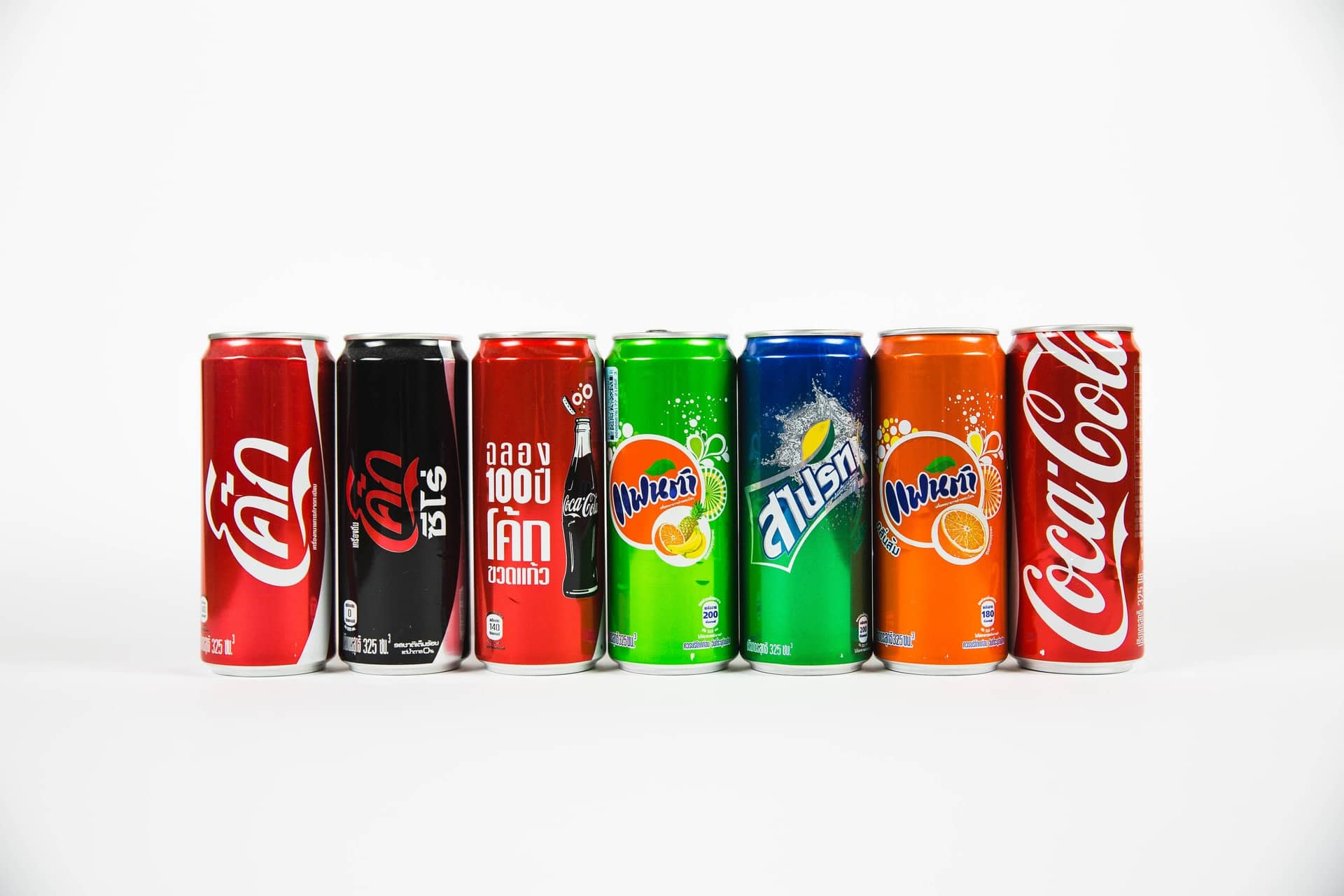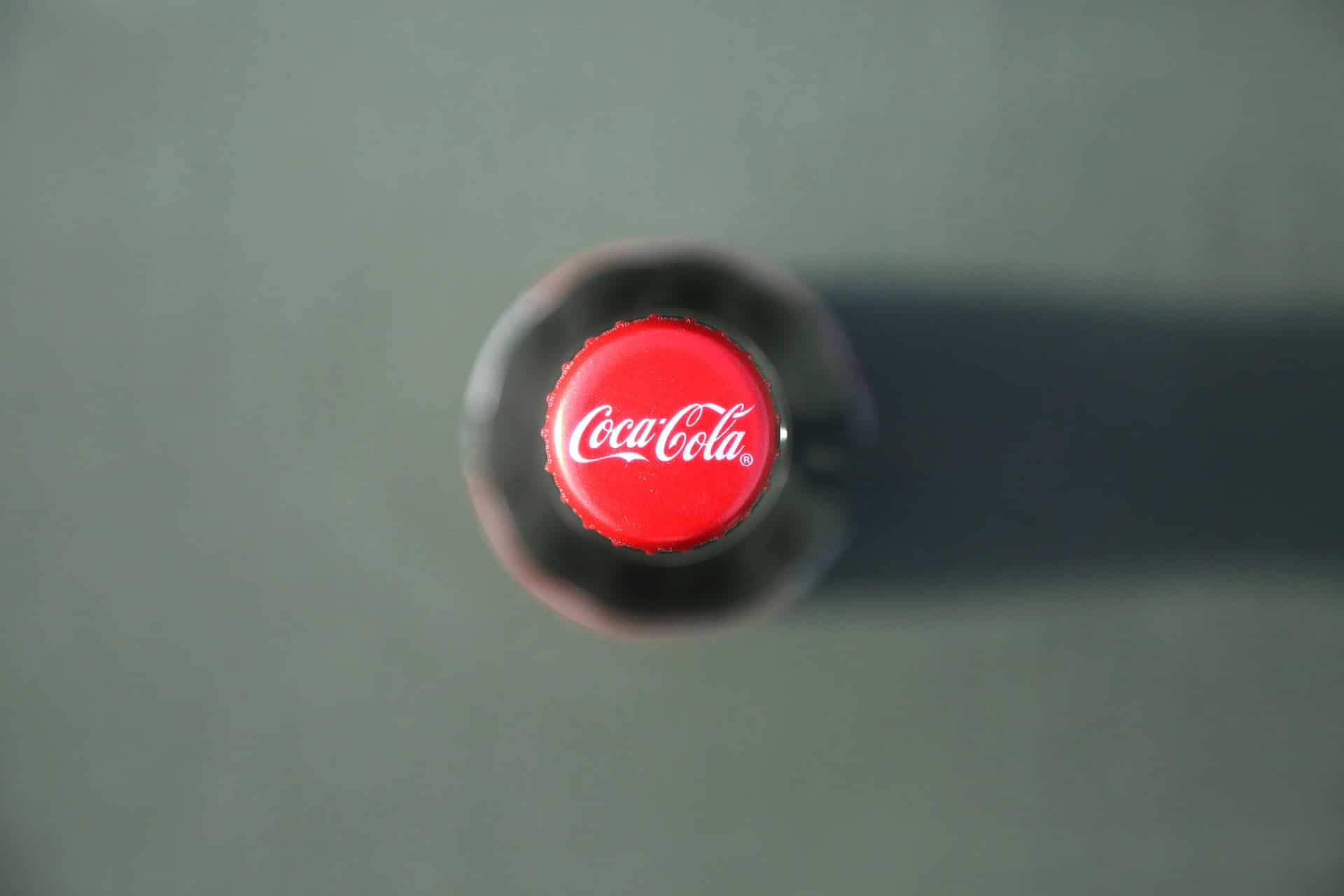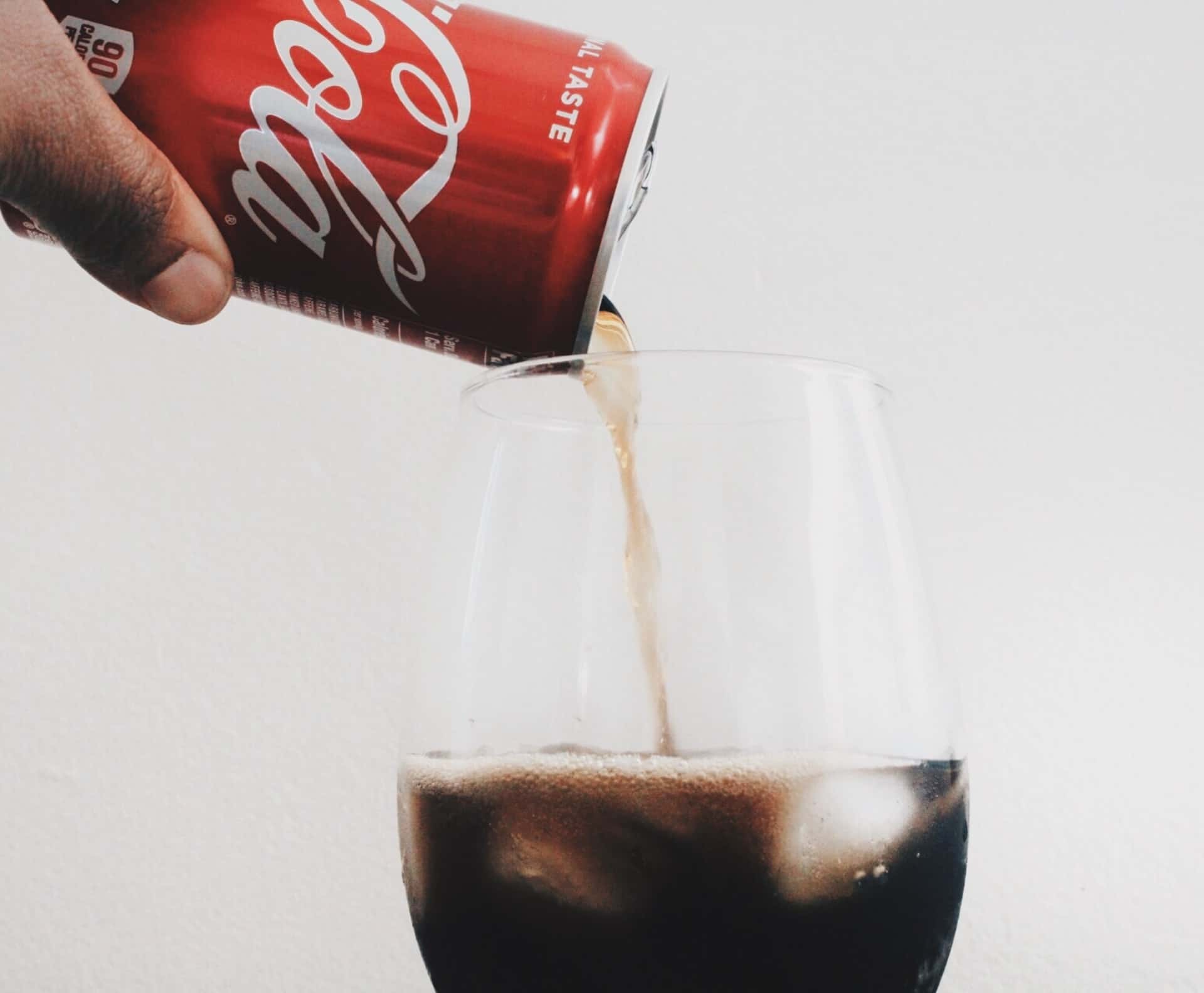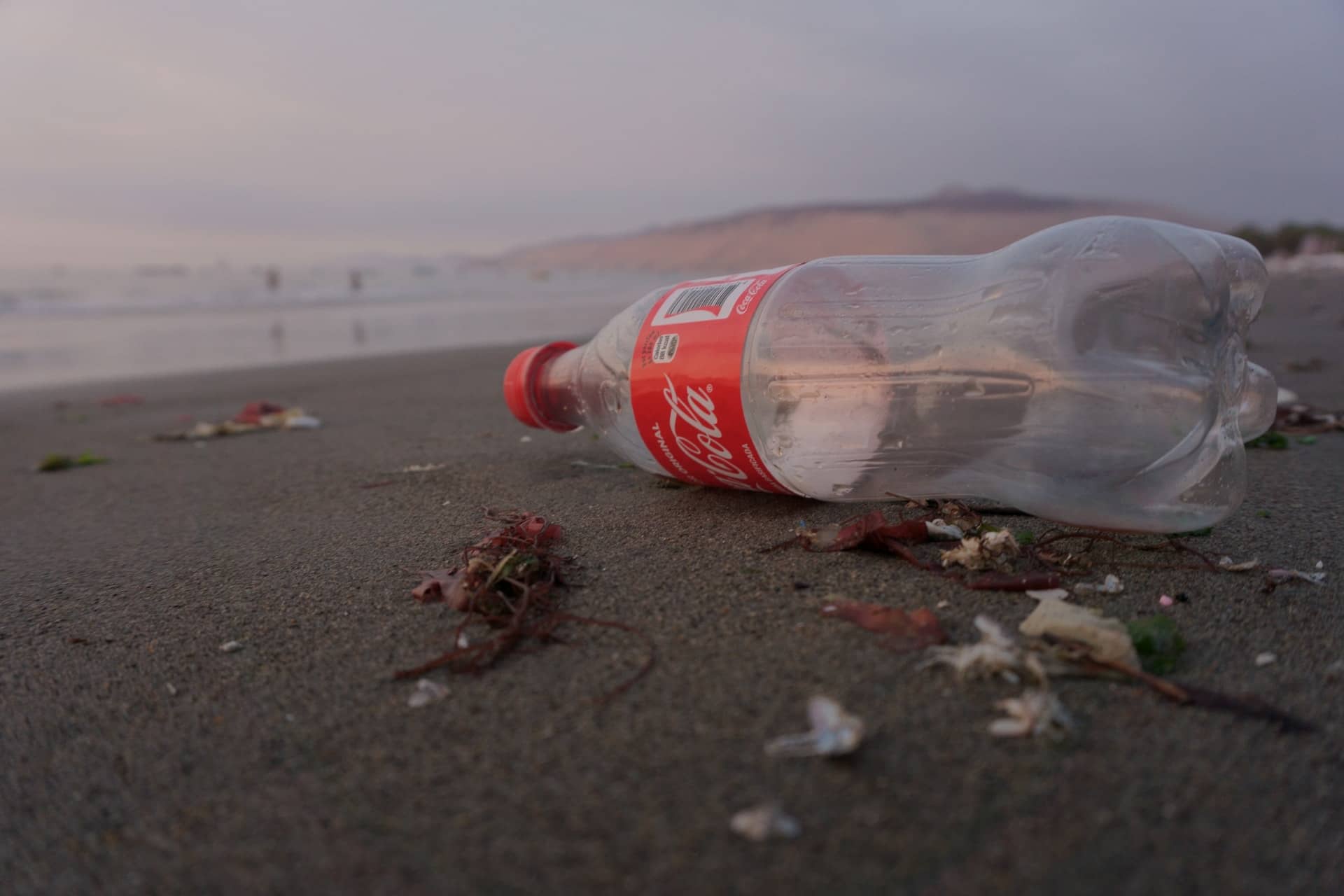Imagine it's 3 pm in the hot summer afternoon and you have just reached home from work. You're sweating really bad, and your thirst is at its peak. In such scorching heat, what's that one thing that can cool you down? Obviously, nothing besides Coca-Cola.
Sipping chilled Coca-Cola can make you forget the misery you've been through the entire day. What would it be called? A Coca-Cola therapy, maybe? Nevermind.
Coca-Cola is one of the world's biggest beverage brands. The Red and White logo of Coca-Cola is recognizable in all parts of the world.
Let it be the first world countries or the least developed countries; people worldwide have tasted Coca-Cola and are familiar with it.
After looking at the popularity of Coca-Cola all over the world, we have decided to conduct a Coca-Cola SWOT Analysis to see the internal and external factors that affect the operations of the beverage industry.
Before we proceed further and conduct the SWOT analysis of Coca-Cola, let's get some insight into the leading beverage company first.
Coca Cola: Overview
Today, Coca-Cola is all about style and glamour, but initially, it had a very humble starting. You guys might be thinking that initially, a factory of Coca-Cola had been established, and it multiplied over the years, but that wasn't the case.
Coca-Cola was first introduced to the market in 1886 when a local pharmacist in Atlanta, Georgia, came up with the syrup for Coca-Cola.
He then started making jugs of Coca-Cola and used to serve them at his pharmacy. He and his partner soon came up with the name "Coca-Cola" after the invention of the beverage. The name was considered unique, and it helped them in attracting customers.
From selling nine glasses daily on average in the first year, Coca-Cola is the market leader in the beverage industry today. After more than 135 years in the industry, Coca-cola has now managed to expand its operation to more than 200 countries.
Moreover, the Coca-Cola company has evolved over the years and diversified its product range. Besides producing its main product, Coca-Cola soda, it now owns more than 200 brands across the globe. Some famous brands of Coca-Cola are Costa Coffee, Fanta, Sprite, etc.

Due to its web of operations worldwide has a large customer base that enables the company to produce vast revenue. In 2021, Coca-Cola generated revenue of $38.65 billion.
Moreover, Coca-Cola also contributes to the world's economy by employing employees worldwide. Currently, Coca-Cola employs around 700,000 employees worldwide.
Now that we have discussed the history and the current status of Coca-Cola let's proceed further and carry out the SWOT analysis of Coca-Cola.
Coca-Cola Strengths
The first section of the SWOT analysis highlights the strengths an organization possesses. Strengths are the factors that provide an organization with a competitive advantage compared to its competitors.
In this section of the SWOT analysis, we will look at some of the factors that have helped Coca-Cola become the market leader in the beverage industry.
Large Consumer Base
For any company having a large customer base is very beneficial. It helps the company in generating vast sums of revenue and plays a role in making the company profitable. Coca-Cola has one of the brands that have an extensive customer base.
Every day 1.6 billion servings of drinks produced by Coca-Cola are consumed in more than 200 countries. Such a high customer base helped Coca-Cola to remain in the market for years.
Diversified Portfolio
To succeed in the food and beverage industry, it is essential to meet the changing demands of the customers. For that, you must have a diversified portfolio.
Coca-Cola, which started off by selling the Cola soda, primarily felt the need to have a diversified portfolio timely. So instead of relying on the sales of one product only, Coca-Cola started producing different products under the name of other brands.
Currently, Coca-Cola has produced more than 200 brands that offer entirely different products.
International Operations
Organizations look forward to expanding internationally to expand their businesses across the globe. However, Coca-Cola is among those very few brands that are present in every part of the world.
Coca-Cola is currently operating in more than 200 countries. Such global reach has increased the revenue of the company. In addition, Coca-Cola is famous for catering to the customers of different cultures through its products. This improves the reputation of the company.

Coca-Cola Weaknesses
Weaknesses are considered to be the factors that play an essential role in hindering the growth of an organization. Therefore, companies try to work on their weaknesses because they can cause the company to decline.
Like any other organization, Coca-Cola also has some weaknesses that could be converted into the strengths of Coca-Cola.
Tough Competition
Competitors are considered a huge problem in a business since they have the potential to grab the market share of other companies in the market. Therefore, the competition between the companies in the food and beverage industry is quite tough.
Coca-Cola's biggest all-time competitor has been Pepsi. Since Coca-Cola and Pepsi sell similar products, they keep coming head to head. Coca-Cola is always on its toes because Pepsi is a tough competitor, and a single mistake of Coca-Cola can give away its market share to Pepsi.
Environmental Waste
Global warming and climate change have recently emerged as very prominent global issues. As a result, governments worldwide have started taking it seriously, and measures are being taken to protect the environment at any cost.
Where such great importance is being given to the environment, Coca-Cola is among the top four brands responsible for producing half a million tonnes of plastic each year. Therefore, involvement in such practices will damage the reputation of Coca-Cola.
Damaging Health
Regulators and the general public keep a close eye on the food and beverage brands to see whether their products are healthy or not. Carbonated drinks are already on the hit list of people claiming they are unhealthy.
Coca-Cola is one of the biggest manufacturers of carbonated drinks. Research shows that Coca-Cola and other carbonated beverages are a major source of sugar intake. This can result in obesity and diabetes. Unfortunately, the company hasn't drafted any health alternative or solution for this yet.

Coca-Cola Opportunities
Opportunities are the chances that lie ahead of a company. If these chances are availed on time, an organization can benefit from them significantly.
In this section, we will look at the opportunities that lie ahead of Coca-Cola. If Coca-Cola avail these chances, it can maximize its market share and dominate the market in the future.
Increase Presence in the Developing Economies
It is often said in business that the best way to grow is to expand the operations internationally. However, developing economies can help companies grow in the current economic situation.
Coca-Cola should create its presence in the developing economies to gain financial benefit. Due to the hot climate, many emerging markets in Asia and Africa have a high demand for cold drinks. Coca-Cola can exploit this natural phenomenon to its own advantage.
Reduction in the Usage of Plastic
Plastic production is terrible for the environment. It is a non-degradable material, so it can't decompose in water or soil. So people burn plastic to decompose it, which further creates carbon emissions that cause global warming.
Coca-Cola produces 200,000 plastic bottles in a minute; that's a lot of plastic. Due to such practices, Coca-Cola remains in hot waters. If Coca-Cola reduces plastic production, this can improve the image of Coca-Cola, and it can also increase the demand for Coca-Cola products.
Growth Through Acquisitions
In business, there are different ways to grow. One is to outrun the competitors, and another is to acquire small competitors' businesses. Coca-Cola can also acquire companies to grow further.
Recently, Coca-Cola's growth was driven by some recent acquisitions like Costa Coffee. In addition, it has the financial resources to acquire startups or SMBs in emerging markets and exploit numerous opportunities. Most importantly, these acquisitions have been integrated into Coke's global distribution capabilities.

Coca-Cola Threats
This is the last section of the SWOT Analysis. In this section, we will highlight the threats faced by Coca-Cola. For an organization's survival, it is essential to identify and deal with threats from the external environment.
Let's look at some external factors that pose a threat to Coca-Cola.
Lawsuits
Bad publicity damages the reputation of any organization. Therefore, organizations are always looking for ways to avoid controversies and lawsuits since they directly affect the organization financially.
However, a lawsuit was recently filed against Coca-Cola for its use of plastic. Coca-Cola and other companies got sued for contributing to plastic pollution in the Pacific Ocean. In addition, the lawsuit charges Coca-Cola with spreading misleading information about the recycling rate of its bottles.
Global Recession
After the Covid-19 and the war between Russia and Ukraine, economists worldwide expect a recession soon. Recently, the world bank has warned the world about the upcoming recession.
In case of recession, the operations of Coca-Cola will be significantly disrupted. Moreover, due to the recession, people will suffer financially. As a result, the demand for the products of Coca-Cola will fall, and the company will observe severe losses.
Russia-Ukraine War
After Russia invaded Ukraine in February 2022, many brands suspended their operations in Russia. The war is still ongoing, and it's hard to say when peace will be between the two countries. In such a situation, brands like Coca-Cola will get affected due to the political turmoil.
Coca-Cola also announced it would suspend its operations in Russia. This ban will result in financial losses as Coca-Cola will lose many consumers.
Increased Health Awareness
Over the years, people are getting more aware of health and diseases caused by unhealthy lifestyles. This awareness can be considered a threat to Coca-Cola since its products have unhealthy amounts of sugar in them.
Coca-Cola produces many carbonated beverages under its name, and the main ingredient of these products is sugar. An increase in awareness will shift Coca-Cola consumers to some other healthy products. However, this will result in losses for the company since its market share will be lost.
Final Thoughts on Coca-Cola SWOT Analysis
Finally, we are done with the Coca-Cola SWOT analysis. Since we have reached the end of this article, let's summarise what we have covered so far.
So, at the start of this article, we discussed the history of Coca-Cola. We discovered that the drink was founded by a pharmacist. From there onwards, the beverage became famous over time, and Coca-Cola transformed into a big company.
We then discussed the current position of Coca-Cola. We discovered that it is leading the market today, and Coca-Cola has become a household name. Moreover, we talked about its finances and the number of people it employs.
We then conducted a SWOT analysis of Coca-Cola, where we analyzed the internal factors affecting Coca-Cola, which were the company's strengths and weaknesses, and the external factors from the environment affecting the company, which were the opportunities and threats Coca-Cola faces.
We can also present the results of this SWOT analysis in a SWOT Matrix, which is the more efficient way to display the findings of a SWOT analysis. We assume that you enjoyed reading this article since it provided insight into Coca-Cola and made you aware of how to conduct a SWOT analysis. To get a better understanding, have a look at some of the examples of SWOT analysis.









